“What size light fixture should I get for such-and-such room?”
Most people don’t spend a lot of time considering how much lighting can impact the look and feel of a room design. Now, I’m not talking about YOU, of course, because I’m betting you are all over it! But, if you’ve ever wondered what size light fixture you should choose, or haven’t fully grasped the importance of how good artificial lighting impacts a room, you may want to take a look at my best advice for interior lighting.
I don’t doubt you’ve heard about the current trend in lighting: go big, or go home. I’d rather my clients go too big than too small when it comes to hanging light fixtures. But it still seems to be a struggle for most homeowners to determine what size light fixture is the “right” size for their rooms. I am constantly being asked “what size light fixture should I buy?” So here’s a closely-held designer secret that will make it easy for you to decide what size light fixture you should choose for every room!!!
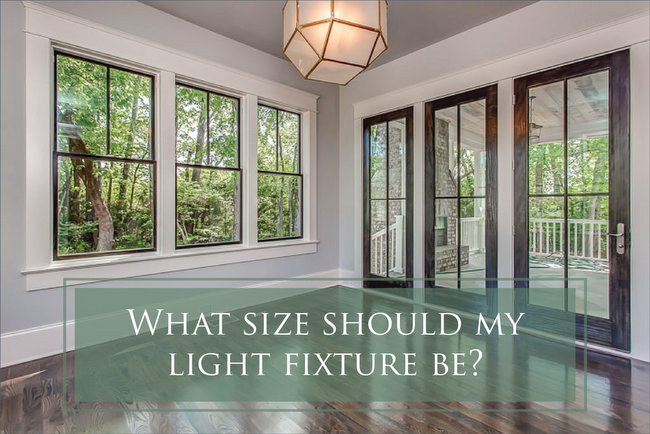
Pin it so you won’t forget it!
1) Add the length + width of the room in feet. This should be the diameter of the light fixture in inches. That’s the ideal size for an overhead light fixture in that particular room!
So, if you have a 15 x 15 dining room, here’s the calculation required:
15 feet + 15 feet = 30 inch wide light fixture
What could be simpler? Want your fixture to be a dramatic focal point for that space? You can add 4-6 inches to that.
2) Don’t use colored glass shades or chandelier shades on your overhead lighting.
Just don’t use them, unless you are only going to ambient lighting (that’s mood lighting, in case you were about to google that). Colored glass (I see a lot of amber ones) and shades of any kind knock down your bulb wattage by a ton, and they leave you with a dim, colored light. This might be nice for a romantic dinner or a cozy evening by the fire, but you certainly can’t read by it.
Instead, take the shades off those chandeliers and sconces. But for heaven’s sake, don’t use clear chandelier bulbs!!!! The glare is too strong and will leave most people with spots in front of their eyes and reaching for a pair of sunglasses. The answer is FROSTED bulbs.
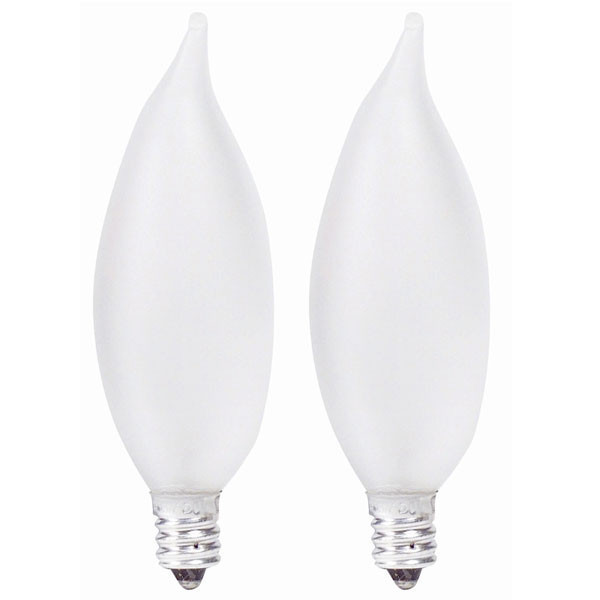
You can get frosted chandelier bulbs at big box stores, and believe me, they make all the difference. The frosting is white, so your lighting is not yellowed, just mellowed!
Any exposed bulbs should be frosted bulbs or an Edison-type bulb. You can also get frosted full-size bulbs for wall sconces like these:
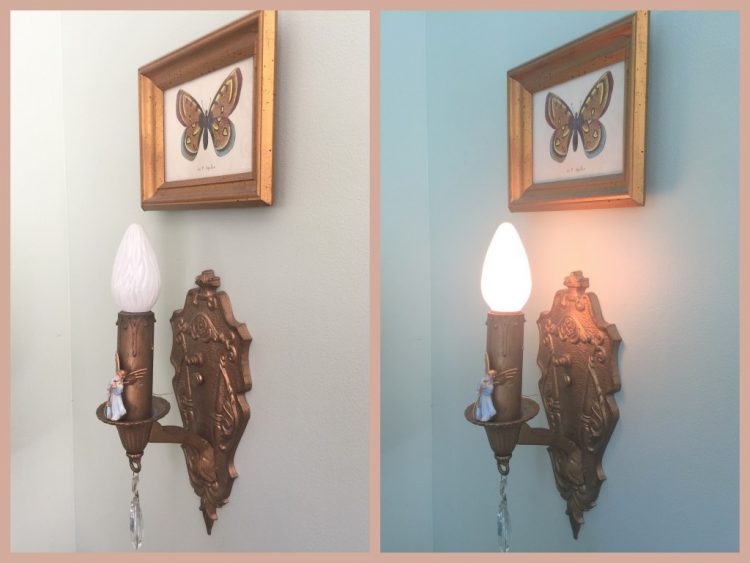
frosted light bulbs
Or, replace the bulbs in your chandelier with these round frosted bulbs, like I did in my vintage tole chandelier:
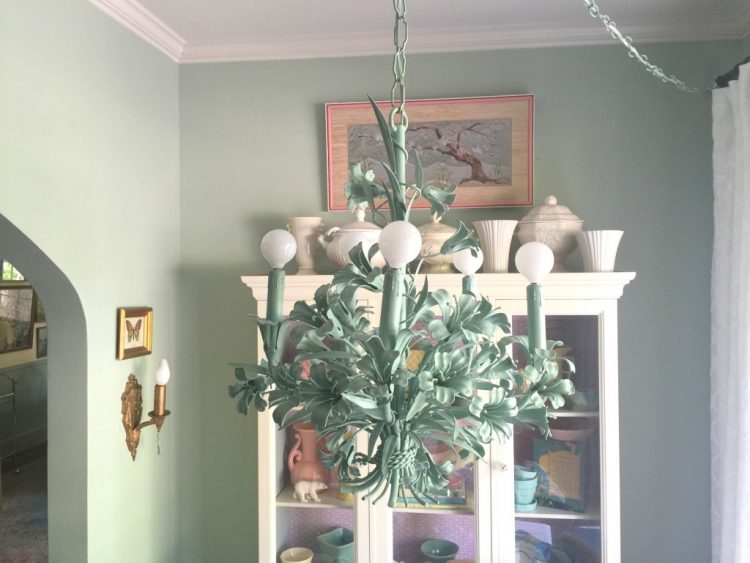
Maximize your light while minimizing the horrid glare!
3) Buy 3-way bulbs again.
GOOD NEWS ALERT!
3-way light bulbs are BACK! When incandescents began to be fazed out a few years ago, I loved the versatility of the good old 3-way light bulb. You could adjust your lamp lighting from 30 watts to 60, to 100, or even 50/100/150 – without having to install dimmers. But with the rise of fluorescent and LED lighting that replaced incandescent, the 3-way bulb died and was buried without so much as a decent funeral.
Thankfully, 3-ways are back but in LED form. You’ve heard me say this before, but the best quality LED lighting I’ve found is Cree soft white bulbs. And now they have 3-ways! I have them in our bedside lamps, as it’s so nice to lower the lights while reading at night so as not to keep Mr. Man awake. Plus, I look prettier in dim light . . .
Now that I’ve written this whole thing, I’m thinking I couldn’t have titled it:
“Size Matters, Take It All Off, and Three-Ways” and gotten tons of new readers!!!! Oh well, I’d rather have you guys, anyway.
Now for the winner of the Country Living Fair passes:
The winner of a pair of Early Bird 3-Day Passes
to the 2016 Country Living Fair is . . .
Brandie Bracey!!!!
Congratulations, Brandie – I hope you find lots of treasures and make sure to keep an eye out for me on Friday, I’d love to meet you! Send an email to my office manager at [email protected], and we will get the tickets out to you pronto!

Don’t forget to register for our next Home Stager Course coming up in September!

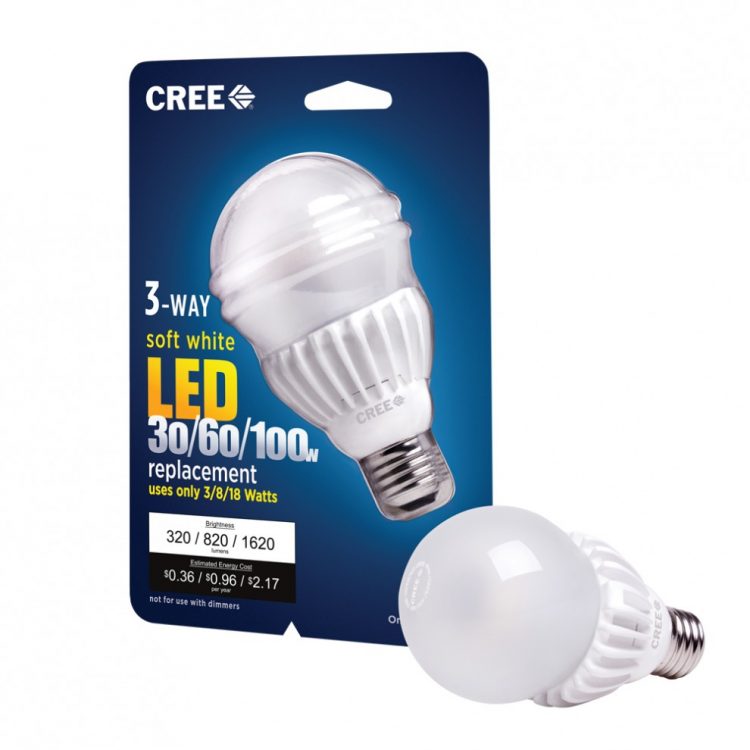
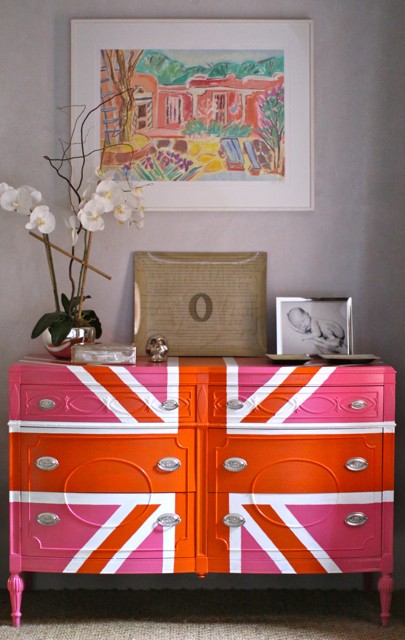
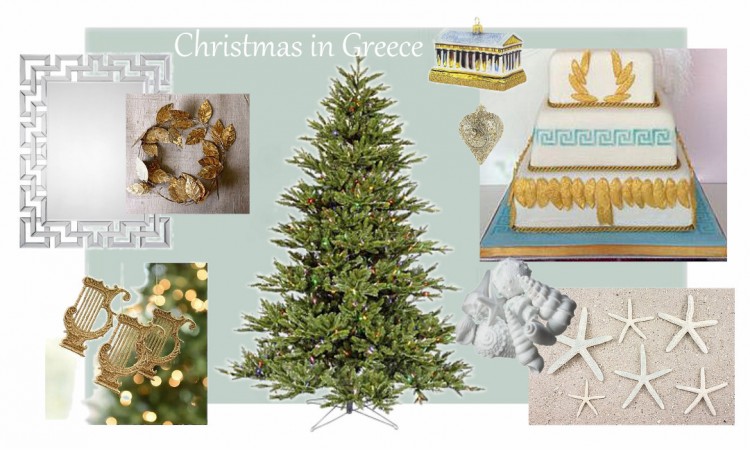
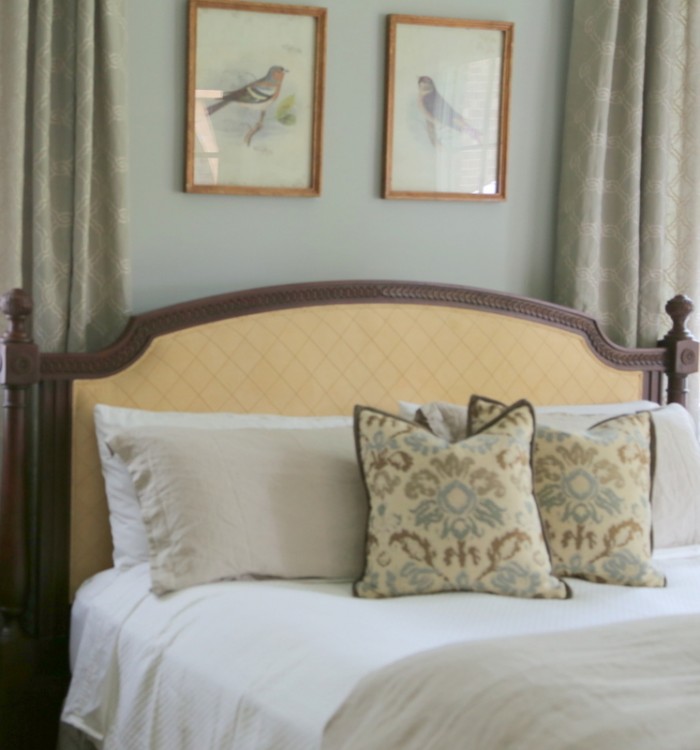
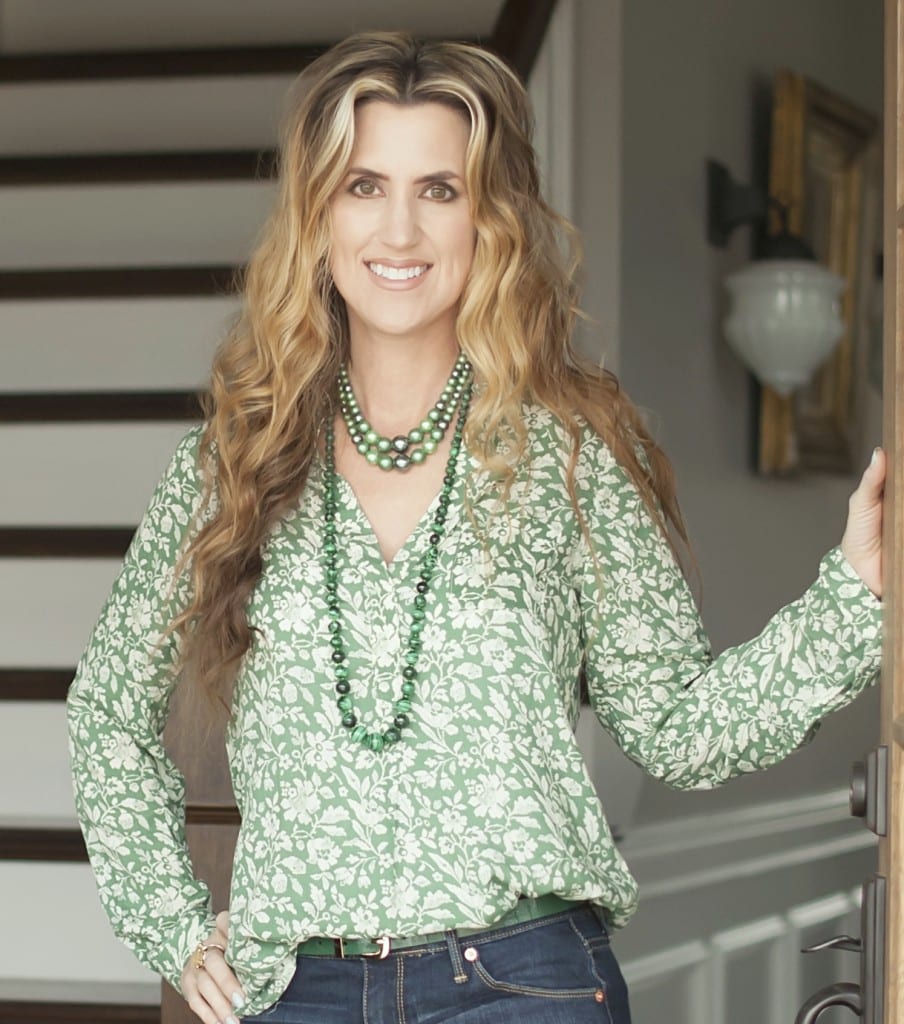



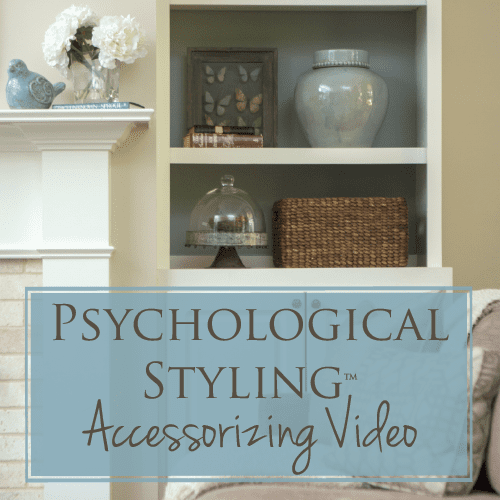
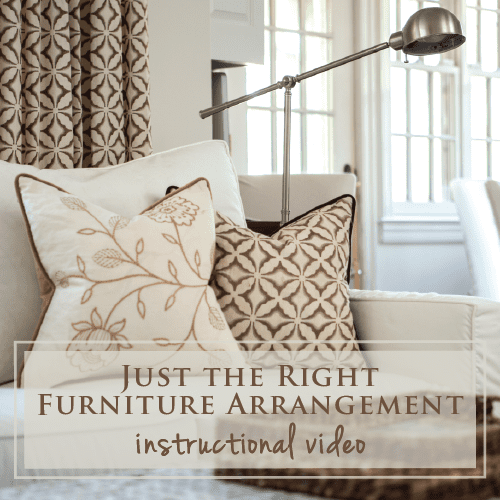

This is a very informative article. It is very common in asian families to have day light all over the house. Where is it recommended to use daylight lights in the house? Ex: kitchen cooking area, dining area, bathrooms or sitting area, bedrooms? Is it ok to blend both daylight and warm white? Ex: bathroom has watm white vanity light and daylight recesses light?
Thanks Kristie for the information on measuring for light fixtures. I enjoy reading all your tips.
Thank you!! I’ve been looking at/thinking about/procrastinating hanging a new fixture in our dining room for 3+ years because I just couldn’t visualize how big we needed to go. We were finally able to put furniture in that room and the fixture is awful. And thanks for the laugh, too. I needed it. Been spring cleaning all day!
This is very helpful, but if I could ask you a question. My entry has a circular staircase that wraps around at the top to almost a full circle. The floor to ceiling height is 22 ft. The measurement inside circle at the bottom is 12’8 (from banister to banister) and at the top the ceiling measures 20’8″. The stairs and landing at the top are 4 ft wide. What size fixture would be appropriate, width and length? And at what height would you hang it? The room itself is a rotunda.
Thank you for the information about the Cree 3-way! I followed your advice (with your original post), and bought Cree bulbs for my bedroom nightstands. I left an incandescent bulb in one fixture, and changed the other to a Cree bulb. I could not tell the difference! I love incandescdent lighting, but am happy there is now an LED option in 3-ways that I am sure to love.
By the way, I also agree about exposed bulbs needing to be frosted. An electrician advised me to use clear bulbs in a new dining area fixture– and the glare was too much! And the candelabria bulbs cast weird shadow on the ceiling. All glare and weird spidery shadows are GONE with the frosted bulbs.
Yes, Beverly, there is nothing uglier than the scary spider shadows that a clear bulb can cast on your ceiling!!!
Hello Kristie. Thanks for all of your informative newsletters. I really appreciate all of the info you provide. I look forward to receiving them. I have one question with regard to the ceiling fixture dilemma. Does it matter the height of the ceilings. I have a bedroom thats 14’X13′ and ceiling height of 8.’ So that would be 27″ light? Thanks
Ceiling height does come into play. It would be ideal if you could get a 27″ wide light for your room, but at that height ceiling, it can be no more than 15 inches (which is difficult to find in that width) from the ceiling unless it is in a dining room or other room with a table beneath it. If a table is beneath it, yes, 27″ would be what I would shoot for!
Thank you for your help. I have found some pendants around 24″ that have different rod sizes with a minimum of 6″ so I think that will work. Its in a bedroom so it definitely can’t hang down low. Thanks Again
Hi, Kristie. Thanks for the formula. I like having guidelines. How does this calculation apply to the box type chandeliers—French lanterns I believe they are called. My dining room is 12 x 25 with 8 foot ceilings.
12 x 15 not 25
Good question, Elizabeth. Square lanterns have more visual weight than round or round-ish fixtures, so they don’t need to be as large. A round fixture with a 24 inch diameter is only that width at one point – it’s less wide above and below the widest point. In contrast, a lantern is 24 inches wide from the top to the bottom of the square or rectangle shape, taking up more visual space. With a room as long as yours, you might want to consider a pair of large lanterns running the length of your table. A pair of 15 inch lanterns would probably be suitable for the space.
Hi Kristie,
Can the amber glass globes be painted or resurrected somehow to provide more light? Should installed light fixtures throughout the house have some common characteristic i.e. color, style, material???
I look forward to your posts!
Sandy,
Usually you can get replacement shades in a milkglass or bubble glass for a very reasonable price – much cheaper than replacing the entire fixture! I like my lighting to coordinate, but not “match.” So I typically keep the same finish and mix different shapes of lighting – like one chandelier shape combined with something kind of circular, then maybe a pair of lanterns.
I live in a college town with lots of apartment complexes that were built in the 70’s. Apparently they didn’t believe in living-room lights because none of the complexes have fixtures installed. My current apartment has a huge living-room, but we have lamps in almost every corner to fill the darkness. They certainly didn’t have your same ideas about finding the right size fixture for the room. I would love to have an electrician come in to install a new fixture, maybe even with a ceiling fan.
I have an oddly shaped kitchen with an eat in area. I want to replace the chandelier over my oval kitchen table.
Would the same guidelines be used, or should I be more concerned with the size of the table? Thanks Kristie!
Cathy,
In that case, you should focus on the smaller section of your kitchen that holds the breakfast table. You want your chandelier to be at least 2/3 the width of your table – but certainly NOT as wide or wider than your table. I hope that helps!
I have a 14×16 bedroom. My bed is a queen rice bed. According to calculation, my ceiling light should be 30″; however, the light hangs right at the foot of my rice bed between the posts. Thirty-inches seems too large for that. What should I do?
I would suggest you go a bit smaller so that the new light sits comfortably between the bed posts with some space on either side of the light. Maybe more like 24-26″?